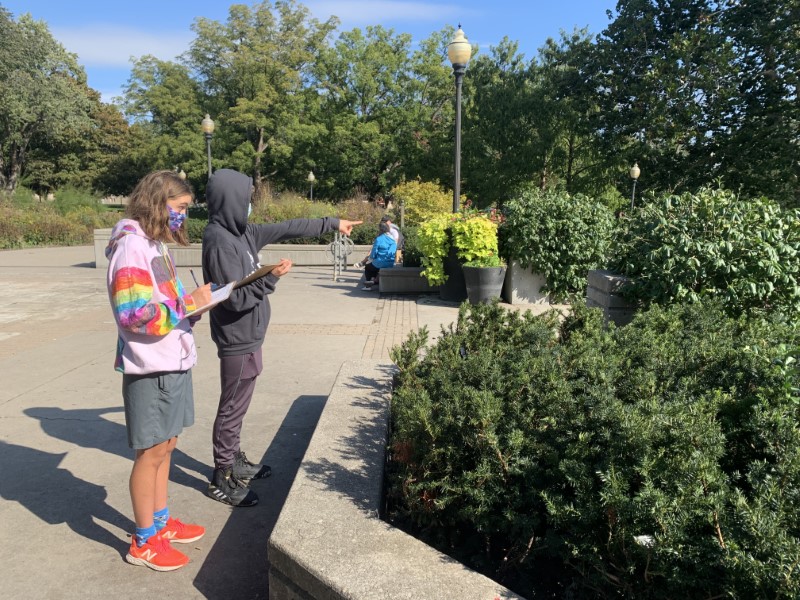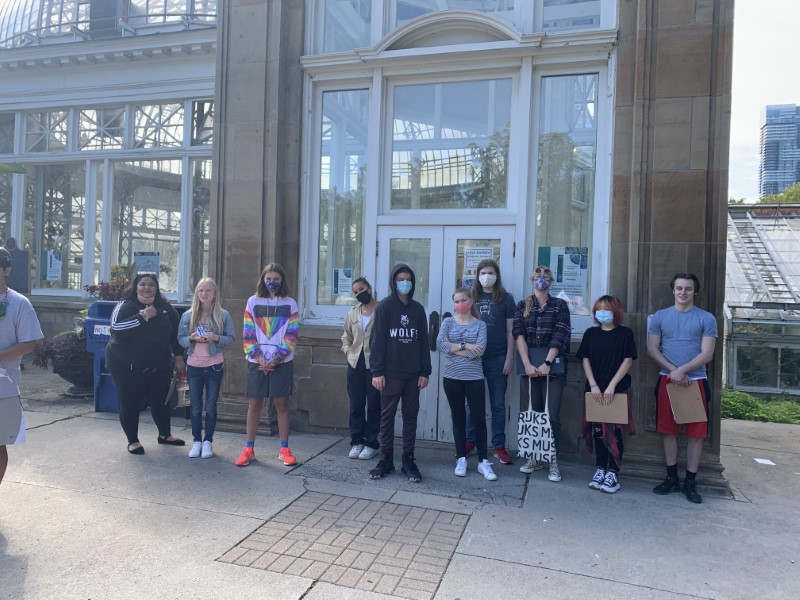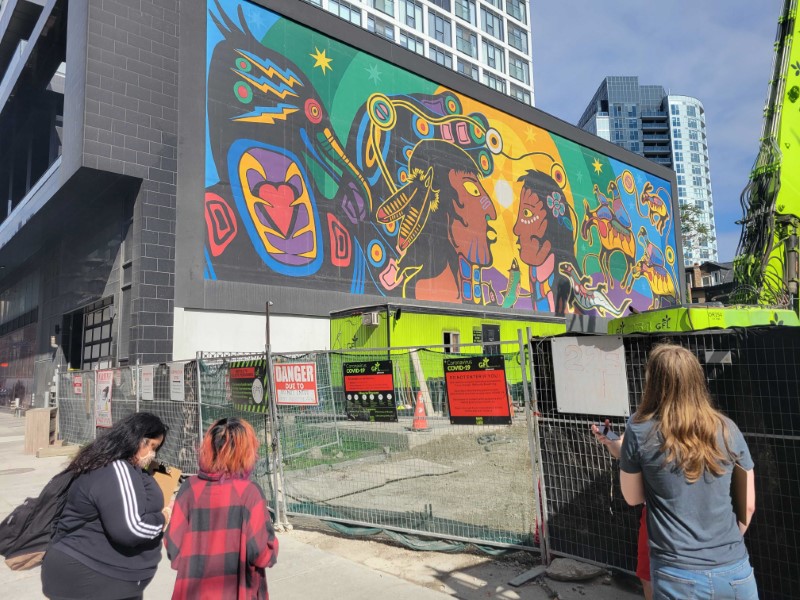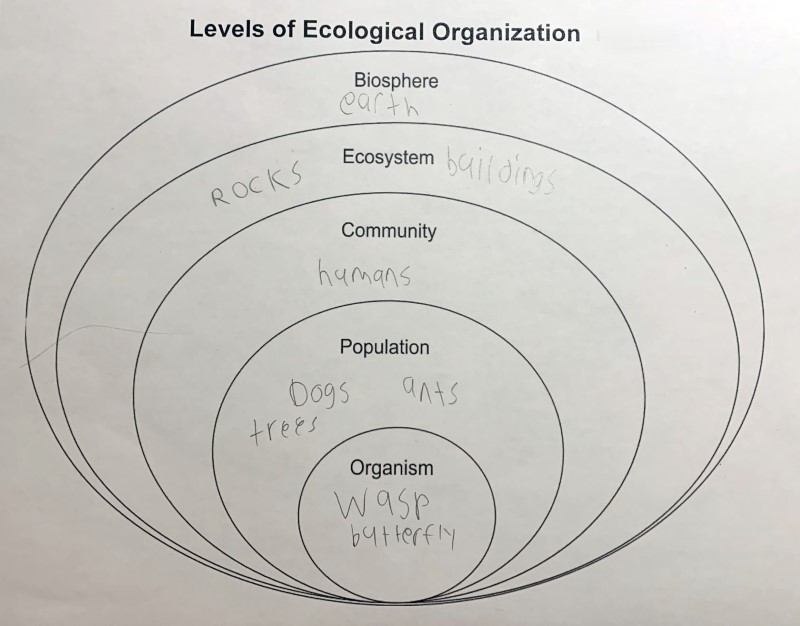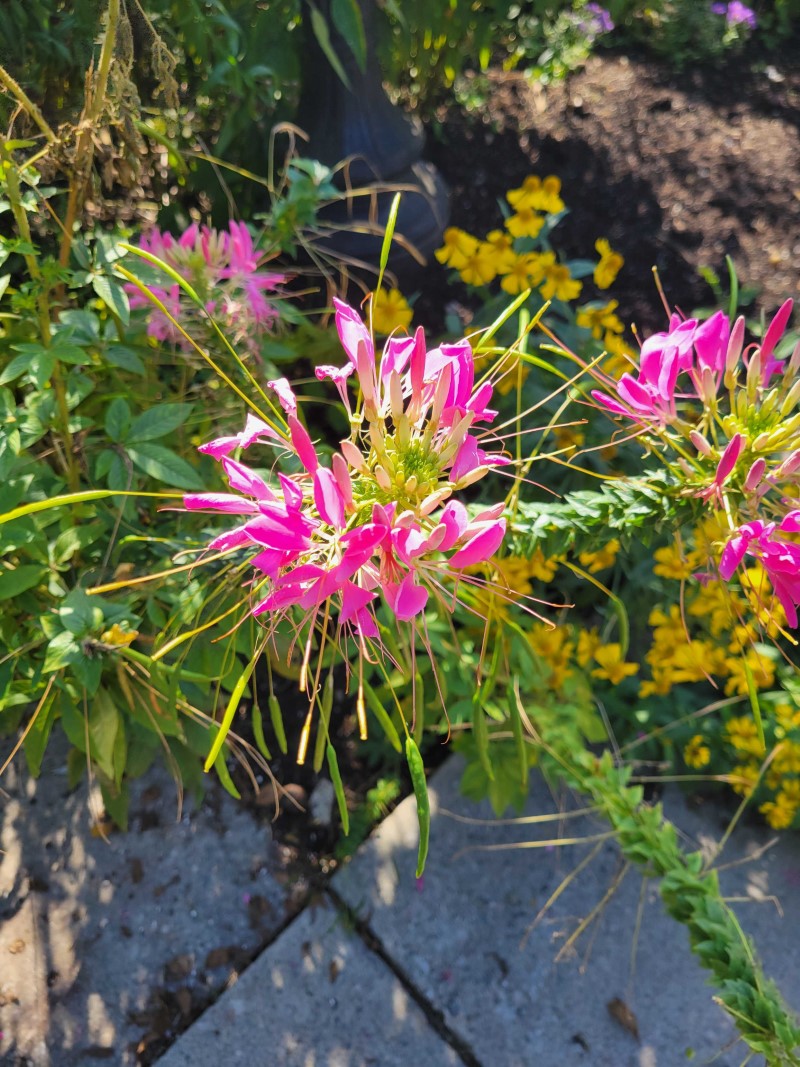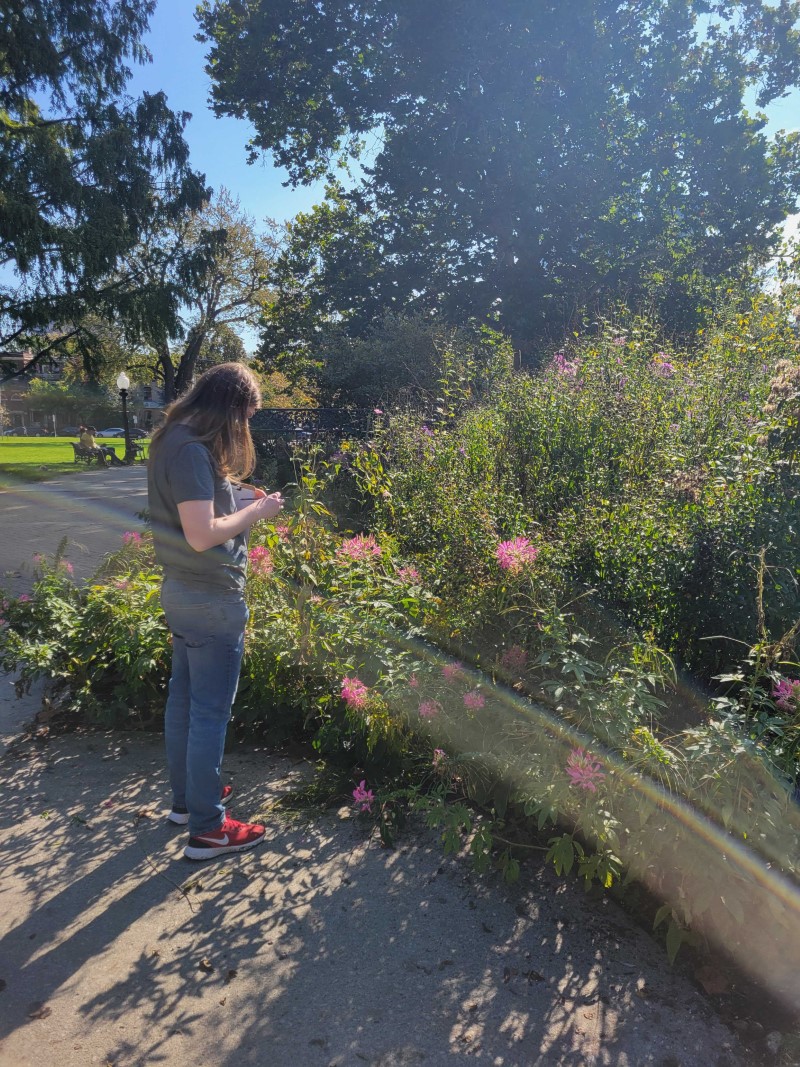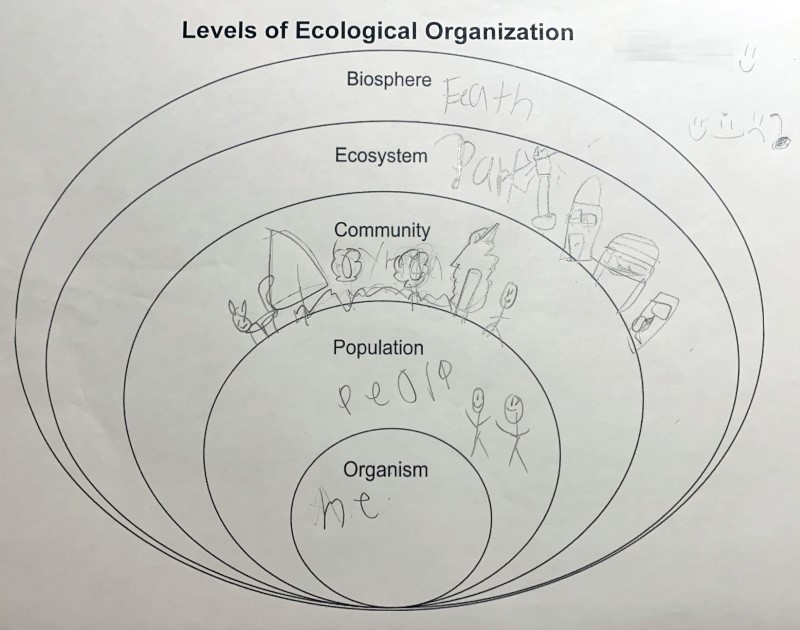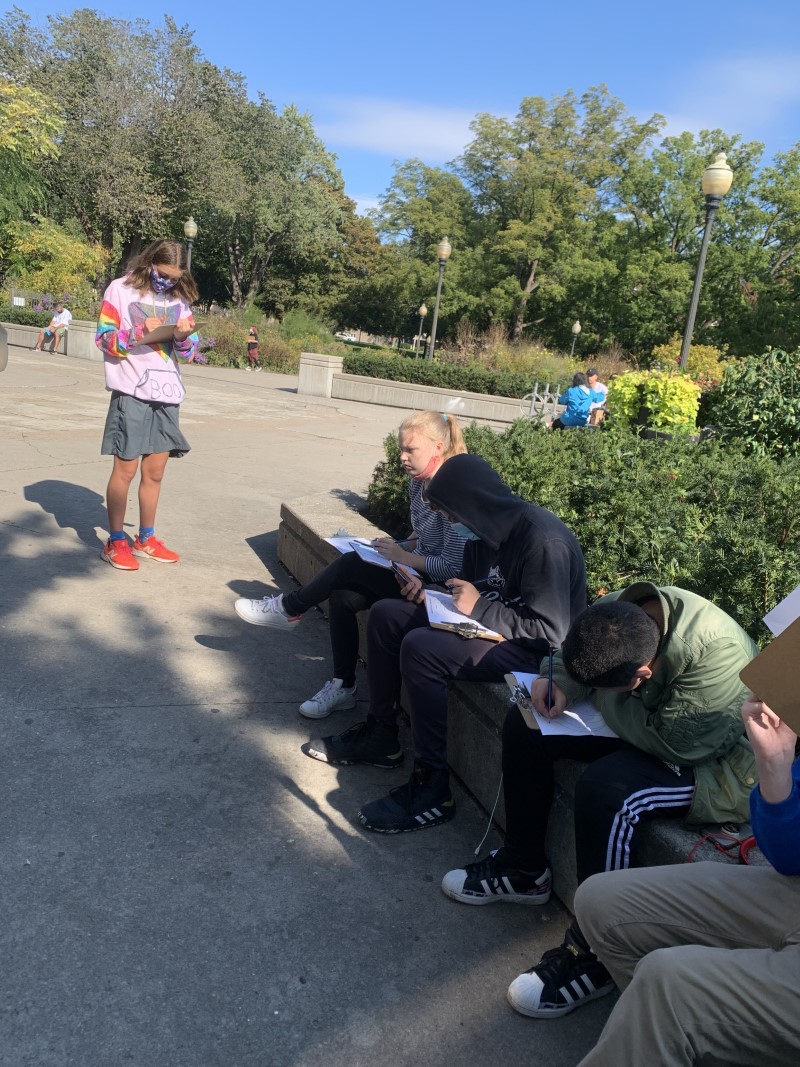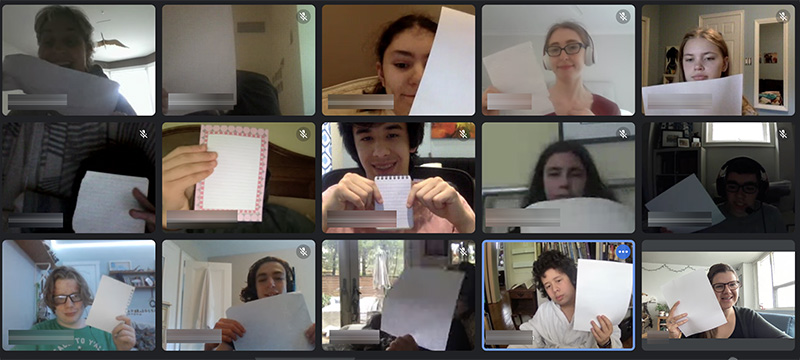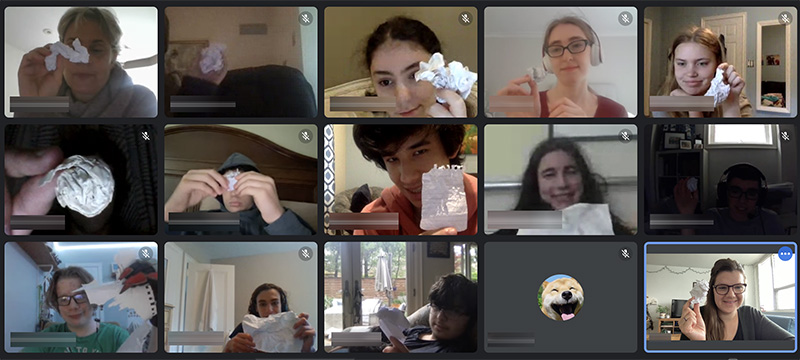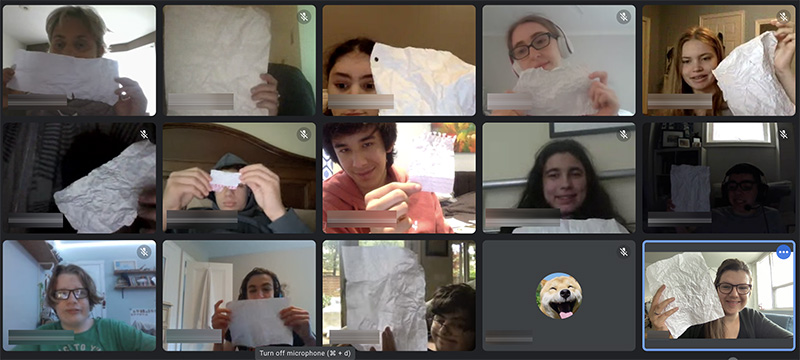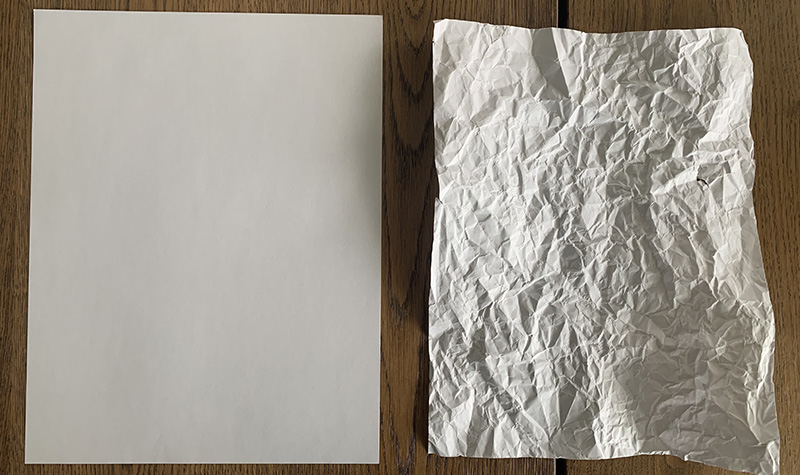In partnership with the YMCA Academy Civics and Careers classes, teams of GTA college students had 48 hours over the weekend of October 23rd to create innovative solutions for the YMCA Academy. Humber College Centre for Entrepreneurship, with the help of YMCA Academy staff, students, and alumni put on the Humber College Innovate-a-thon.
Academy students and Alumni conducted interview videos to show the teams of college students what learning at the Academy is like, and what challenges were in the transition to college.
Academy Assistant Head of School, Kaili Glennon gave the opening keynote speech to the teams of college students, introducing the teams to the Academy. Over the weekend the teams worked tirelessly to find an innovative solution to the question: “How might the YMCA Academy better support students as they transition from High School to Post Secondary?”
At the end of the weekend the college teams made pitch videos. The Academy Civics and Careers classes designed score cards, and judged the pitch videos based on a range of criteria that they helped co-create.
Academy students connected deeply with the potential solutions and expressed that they felt inspired by the possibilities of how entrepreneurship and civic action can come together to prepare students for future readiness, solving the problems of tomorrow, and overcoming the challenges of today.
The pitches from the college teams were designed to offer students greater autonomy, supported independence, more access to resources, and a better understanding of the supports that they are entitled to once they transition to their post-secondary pathways.















